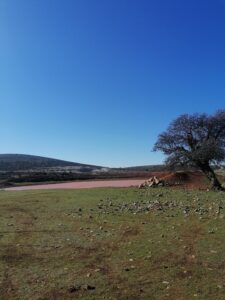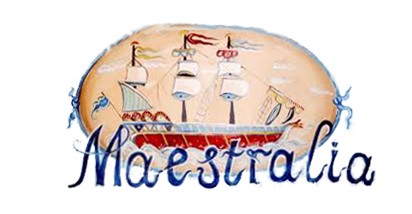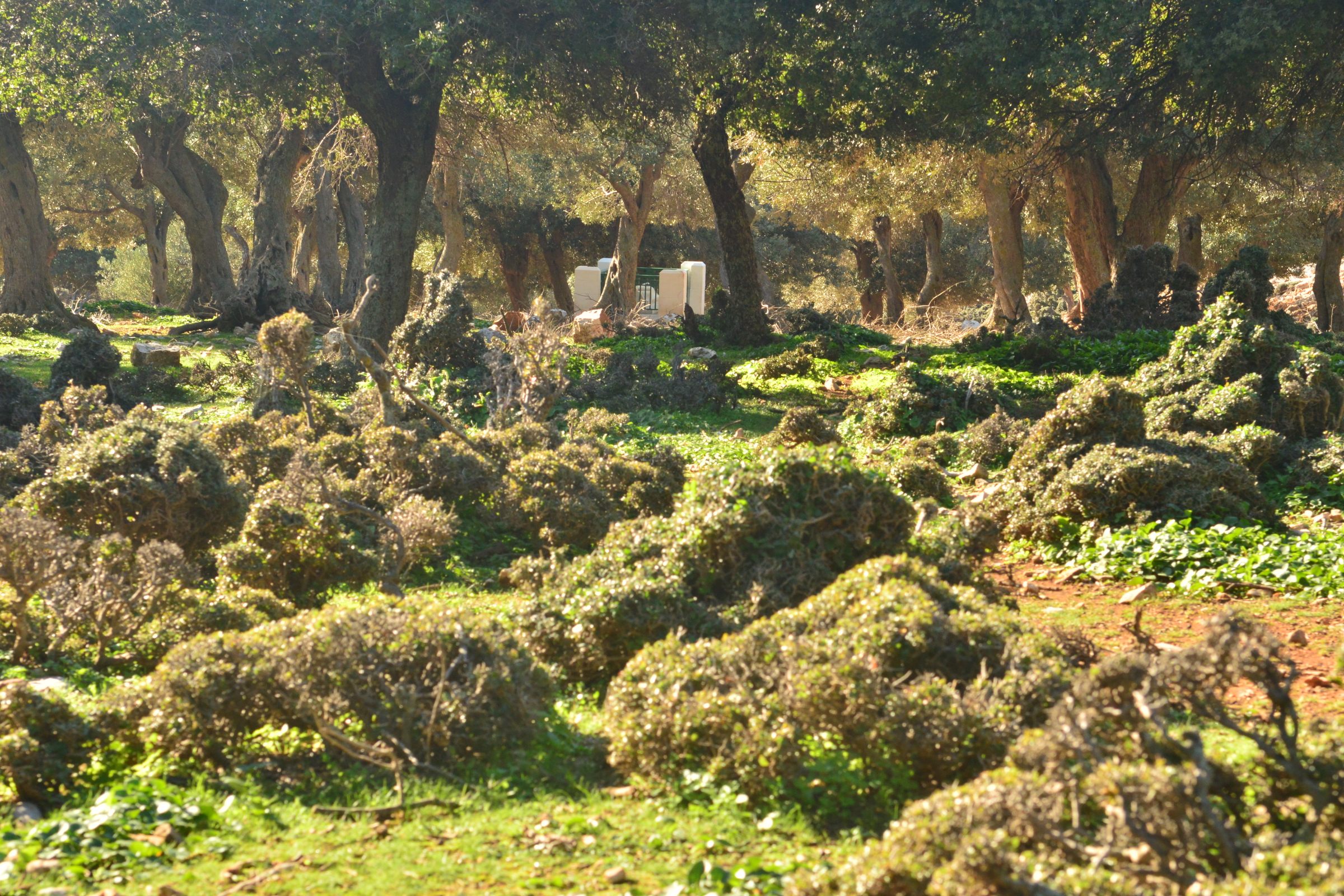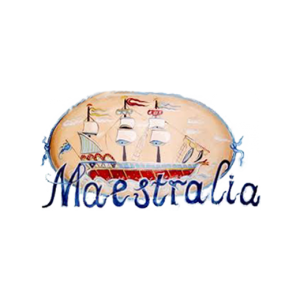In the South of Skyros
#Southskyros
The island of Skyros is isolated and somewhat distant in the northern Aegean sea. It is the southernmost mountaintop of the sunken mountain chain that forms the submarine complex of Northern Sporades. Its northwestern part is almost flat, a fertile lowland with pine forests and many running waters. On the contrary, in the mountainous and rough southeastern part of the island lies the mountain “Kochylas”, called by the locals “Vouno”, meaning mountain in Greek.
Even though on the forst sight Kochylas looks like a waste land, the area presents great interest thanks to the rare species of its flora and fauna. Due to its special feature, the region of Kochylas has been declared as a protected area. Most of its land (4000 acres) is included in the NATURA 2000 project (instruction 92/43/EEC). It has also been declared as a zone of its special protection of fowl birds (instruction 79/409EEC) of the EEC.

As it is known in these areas with extreme environmental value, there has to be : high security, constant surveillance, possible administrative measures, control and regulations on the activities carried out by people and implementation of low-intensity development actions. These regions are available for peaceful forms of recreation, for environmental studies and for the information of the public regarding important environmental issues.
The vegetation that prevails in Kochylas is sparse and mostly bushy. There are also several wooden parts. The most common types of trees are maples, hollies, holm-oaks and wild olive trees. In Kochylas we come upon a significant number of rare plant species that are stenoendemic and endemic. The coastal and internal rocky formations of Kochylas host the rare and endangered plant species of Skyros (chasmophytic species, which grow almost exclusively on limestone rocky surfaces and rocky crevices).

South Skyros

Among the species of the important fauna of the mount Kochylas, Mavropetrites (Falco Eleonorae) is worth mentioning, a rare endangered hawk species. The 70% of the international population of this species lives in the area of the Aegean sea and mostly in Skyros. The preference of Mavropetrites is to feed on small migratory birds during its breeding season.
Therefore it attests that Kochylas is one of the most important station areas of the migratory birds and as a result a particularly valuable natural habitat. That specific area of Kochylas is also the natural habitat of the Skyrian horse. It is certain that this has been the case since the ancient Classic period, possibly even since the Prehistoric Period. The Skyrian horse use to spend its winters on “Vouno”, from the first rains of autumn until late sring time.
The spring “Nyfi” – a name derived from the paraphrase of the name “Spring of the Nymphs” was the last station of the horses in order to water themselves just before they enter the narrow passage that leads to “Vouno”. This spring was the closest to “Vouno” up to the time that the Municipality of Skyros brought water to the plateau of “Ari”.
At the location Nyfi there was a dry-stone wall with a door, which was literally separating the island in two parts. That door was kept shut in winter time. It was to due to reopen again in spring time for the horses, so that the upcoming shortage of water would lead them to the spring and get caught.

fauna in South Skyros
The horses live in small herds and they don’t spend all their time in secure places but they live scattered to the most inaccessible sites. The feed of the animals in “Vouno” is mostly green weed. They feed on thyme, various bushes and fallen leaves from the wild olive trees, the maples and the oak trees. In difficult times they eat whatever they can find even thorns and brunches.
“Vouno” is a living treasure, an authentic museum created by the Mother Nature itself and which contains thousands of precious masterpieces. It is our duty to protect and respect it by all means.


